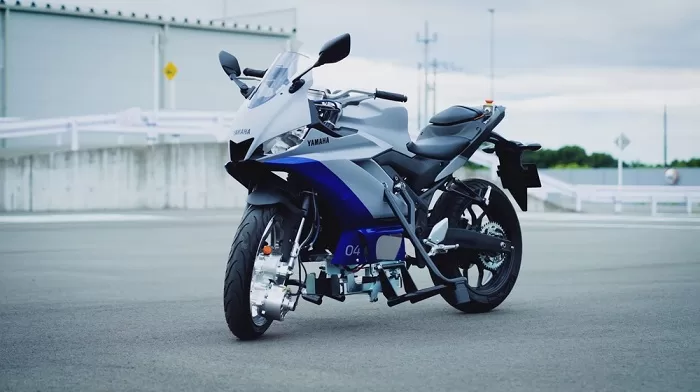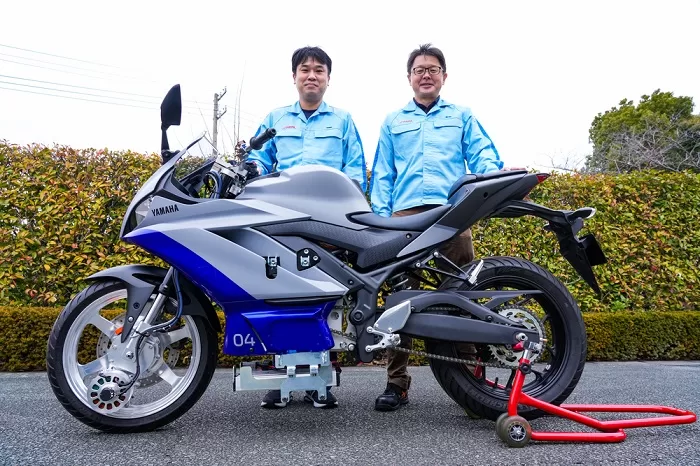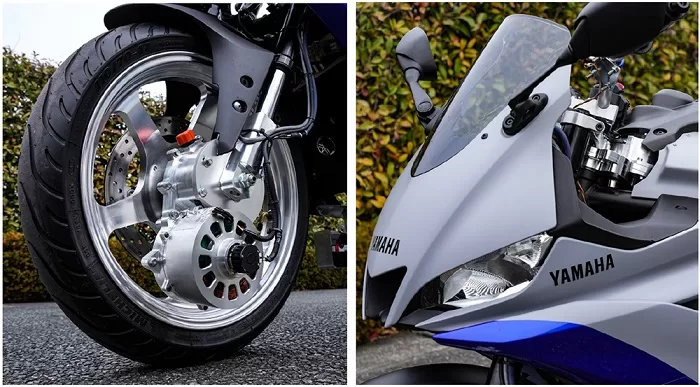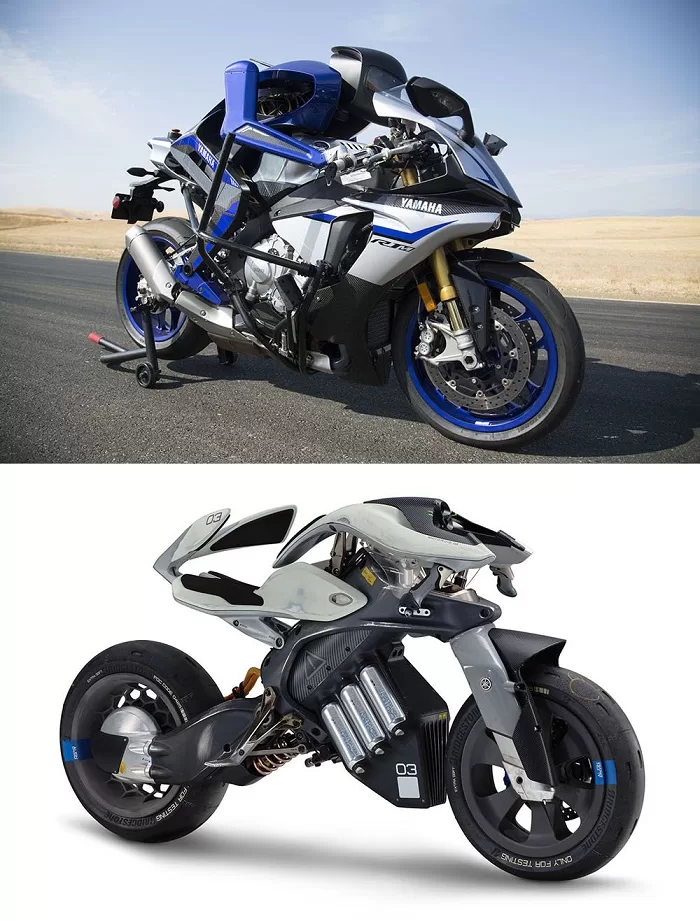Auto
Yamaha Developing The Advanced Motorcycle Stabilization Assist System ( AMSAS )

Developing the Advanced Motorcycle Stabilization Assist System (AMSAS) –Controlling drive and steering forces for rider-machine unity and peace of mind for all motorcyclists.
Last year, Yamaha Motor announced its Jin-Ki Kanno x Jin-Ki Anzen Safety Vision, which aims to create a world free of accidents together with our customers. The three pillars of the approach are: 1) Technology that assists with rider recognition, judgment, operation, and damage mitigation, 2) Skills, in which we encourage improvement of users’ riding skills, and 3) Connectivity, where the Cloud is used to provide feedback for safety initiatives. To highlight the Technology pillar in this issue, we spoke with the developers of the Advanced Motorcycle Stabilization Assist System (AMSAS). As it is naturally linked to Jin-Ki Anzen, we asked about its aims and the value it offers.
A Rider Aid to Enhance Stability with Starts and at Low Speeds

Jun Sakamoto (left) handles safety strategy at the Technical Development Section and Akitoshi Suzuki (right) serves as the project leader for AMSAS
Accidents involving motorcycles have been attributed primarily to recognition errors (10%), decision errors (17%), and operation errors (5%) on the part of the rider. Data also indicates that approximately 70% of motorcycle accidents occur within two seconds of the trigger leading to the accident. Based on these analyses of accident causes, Yamaha Motor’s development of rider aids is underway according to four vectors: assisted danger prediction, damage prevention and assisted defensive riding, assisted evasive riding maneuvers, and damage mitigation.
Unveiled last year, AMSAS stabilizes a vehicle’s attitude at low speeds by controlling drive forces and steering forces. “[Its most distinctive feature is] its approach to use an arrangement highly applicable to existing vehicles since it does not require any modifications to the frame,” says Project Leader Akitoshi Suzuki. The prototype system under development uses a production YZF-R25 for its platform and is equipped with a 6-axis Inertial Measurement Unit (IMU) along with drive and steering actuators.
AMSAS is a rider aid that focuses on the instability a motorcycle experiences when starting off or when riding at low speeds, and works to enhance the stability of the vehicle during these moments. “When starting or stopping, the drive actuator fitted to the front wheel aids with stability, and from there up to about 5 km/h, the steering actuator attached to the handlebars takes over,” explains Suzuki. Through the coordination of the two, the mid-development AMSAS prototype vehicle can move at walking speeds without falling over, regardless of the skill level of the rider aboard.
A Technology Platform Adaptable to Various Mobility Applications

The drive actuator mounted on the front wheel (left) and
the steering actuator mounted on the handlebars (right)
Yamaha Motor once made headlines when it unveiled the MOTOBOT–an autonomous motorcycle-riding humanoid robot–and MOTOROiD, a proof-of-concept experimental motorcycle equipped with AI and self-balancing technology. “The R&D for AMSAS began with the idea of bringing the technologies and know-how acquired through developing these two models to customers around the world,” says Suzuki.
Jun Sakamoto, who handles safety strategy at Yamaha, explains the value AMSAS aims to offer: “It’s to create conditions where the rider can focus more on operating their bike, so that everyone can enjoy that sense of being one with your machine. By providing an assist when the bike is more unstable and requires skill to operate, we want to deliver fun rooted in peace of mind to a wide range of riders.”

MOTOBOT (top) and MOTOROiD (bottom) are what kicked off R&D for AMSAS.
Yamaha has set a target of reducing the number of fatal motorcycle accidents to zero by 2050 and is ramping up efforts according to the three aforementioned pillars of Technology, Skills, and Connectivity. AMSAS is one technology with the potential to become a pivotal rider aid if used in conjunction with other technologies, like the radar-linked Unified Brake System–the first of its kind in the world–already deployed on the TRACER 9 GT+.
“With the base technologies in place now, we’re halfway to our goal of bringing AMSAS’ value to customers,” asserts Suzuki. He and the team have high aspirations for the technology: “From here on, we’ll be working to downscale the sizes of the various components and so on, as we want to develop it into a platform not just for motorcycles, but one also adaptable to a wide range of other personal mobility applications, like bicycles.”
Source: Yamaha


















































